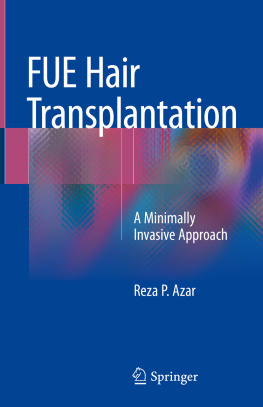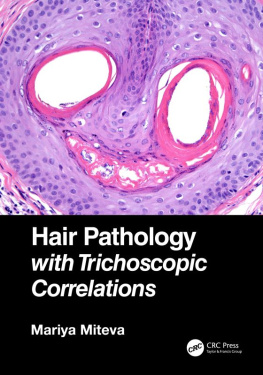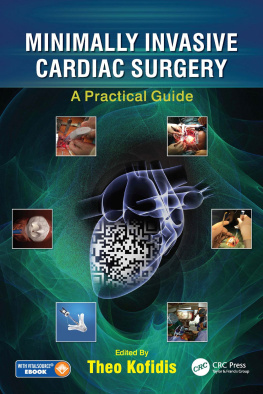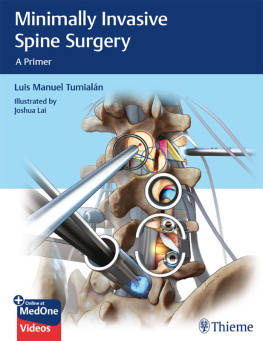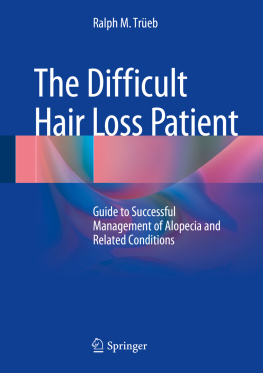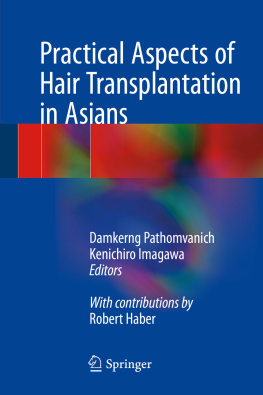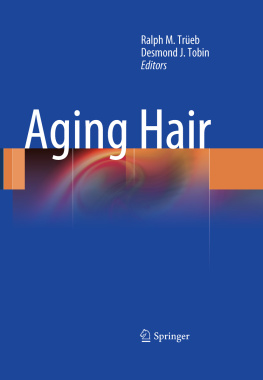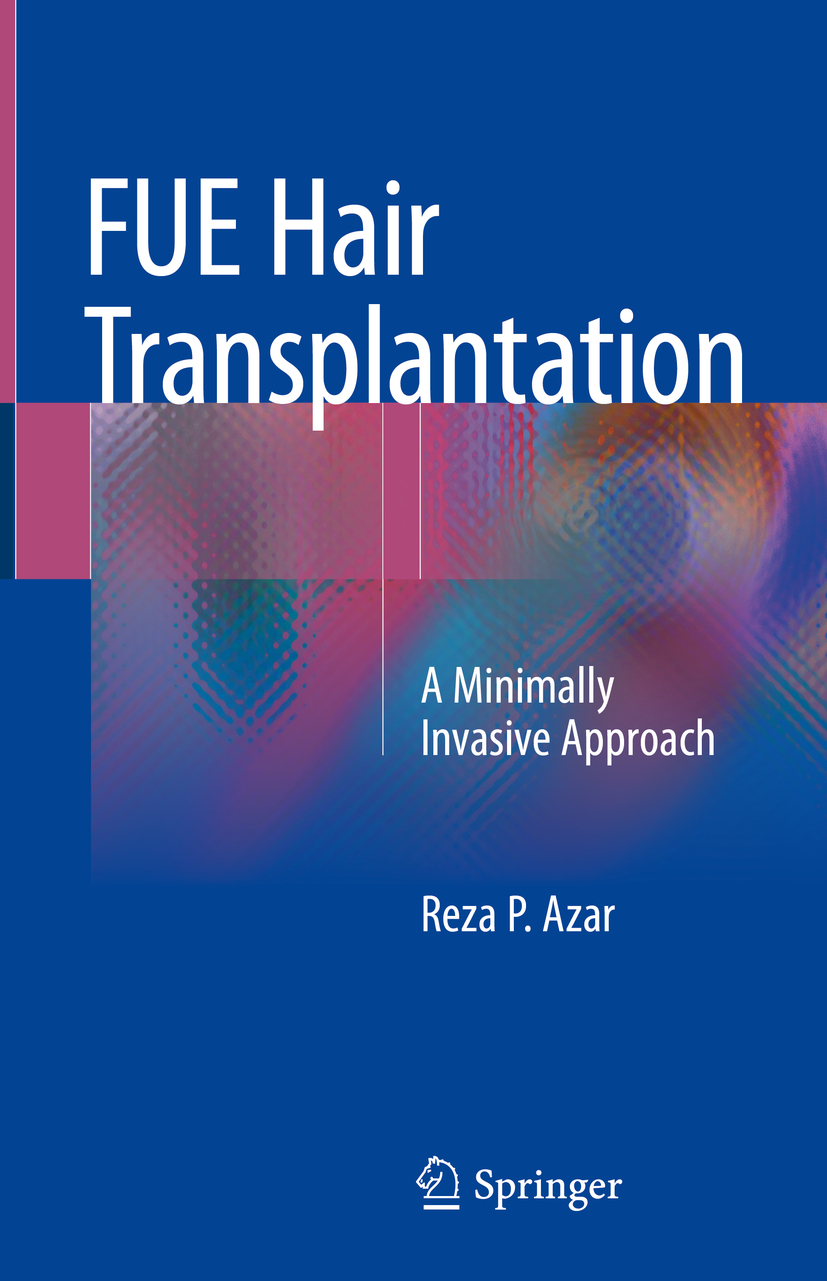Reza P. Azar
FUE Hair Transplantation A Minimally Invasive Approach
Reza P. Azar
Zentrum fr Moderne Haartransplantation, Berlin, Germany
ISBN 978-3-319-75900-5 e-ISBN 978-3-319-75901-2
https://doi.org/10.1007/978-3-319-75901-2
Library of Congress Control Number: 2018940051
Corrected publication 2019
Springer International Publishing AG, part of Springer Nature 2019
This work is subject to copyright. All rights are reserved by the Publisher, whether the whole or part of the material is concerned, specifically the rights of translation, reprinting, reuse of illustrations, recitation, broadcasting, reproduction on microfilms or in any other physical way, and transmission or information storage and retrieval, electronic adaptation, computer software, or by similar or dissimilar methodology now known or hereafter developed.
The use of general descriptive names, registered names, trademarks, service marks, etc. in this publication does not imply, even in the absence of a specific statement, that such names are exempt from the relevant protective laws and regulations and therefore free for general use.
The publisher, the authors and the editors are safe to assume that the advice and information in this book are believed to be true and accurate at the date of publication. Neither the publisher nor the authors or the editors give a warranty, express or implied, with respect to the material contained herein or for any errors or omissions that may have been made. The publisher remains neutral with regard to jurisdictional claims in published maps and institutional affiliations.
This Springer imprint is published by the registered company Springer International Publishing AG part of Springer Nature.
The registered company address is: Gewerbestrasse 11, 6330 Cham, Switzerland
The book is dedicated to my soul mate and lovely wife, Tanja. She is a constant source of love, inspiration, motivation, and support in my life.
Preface
Although hair loss personally affects nearly every third person at least once in their life, these people often regard it as something of a taboo and rarely discuss it in polite company. This attitude is changing, for hair loss and hair transplantation are increasingly becoming topics of public discussion thanks to numerous prominent supporters. Once a procedure that was performed quietly and discretely, hair transplantation has since become a socially acceptable topic in the wake of extensive informative reporting and documentation.
Modern hair transplantation can indeed help in many cases, yet many affected people and even physicians are not sufficiently familiar with its methods. This book offers insights into the various methods and discusses their respective advantages and disadvantages.
Although hair restoration surgery has since come to represent a recognized surgical discipline of great benefit to persons affected by hair loss, this surgical intervention has yet to be included in specialist catalogs and thus has yet to be assigned to any particular course of specialist training. The inevitable consequence is that there are only a few hair surgeons who have learned their trade in a few specialized private clinics. Medical schools currently concern themselves neither with hair restoration surgery nor with applied basic research. This has led to a great need for information and education among both affected persons and physicians with respect to this broad topic.
By way of example, I would compare the current situation of hair restoration surgery with the beginnings of minimally invasive surgical techniques in orthopedics in the 1980s. At the time, open knee surgery was the accepted method of choice. As the technique of knee arthroscopy gradually became more common, it was initially regarded extremely critically by conservative surgeons. The accepted opinion was that the individual anatomic structures had to be broadly exposed during the operation. According to medical knowledge at the time, it was still inconceivable that minimally invasive arthroscopic knee surgery could offer comparable or even superior therapeutic options compared with conventional open surgery. Today the tissue-sparing and minimally scarring endoscopic methods are used nearly exclusively and the once standard open surgical intervention has nearly become tantamount to malpractice or even battery.
This paradigm shift is precisely my point of departure with this book. Aimed at physicians seeking to inform their patients comprehensively, the book explains how baldness from androgenetic hair loss is an ongoing process that cannot be effectively managed with conventional surgical methods that traumatize tissue. It goes on to illustrate the severe complications that can result from conventional procedures due to their traumatic nature, the intent being to avoid such complications in the future.
In addition to this, the book presents a far less traumatic option, the minimally invasive hair transplantation method, and discusses its advantages. The minimally invasive FUE method is by far the most tissue-sparing and sustainable method of hair transplantation. It is the only method that can be used effectively against progressive hair loss without causing any significant tissue damage in the donor area.
The acronym FUE stands for follicle unit extraction. This term refers to the sole anatomic, atraumatic, and minimally invasive method of removing individual follicular units in modern hair transplantation. The donor hairs are harvested as individual follicular units from areas unaffected by hair loss using special microneedles or extraction needles and are then individually implanted in the bald spots. The application of this method also enables the hair restoration surgeon to go beyond conventional removal of donor hair from the hair fringe and harvest body hair, thus exploiting a significant additional source of donor hair.
As a physician who since the beginnings of minimally invasive hair transplantation in Germany has performed hair transplants himself every day without delegating any steps of the procedure, I have experienced the developments of the past decade firsthand and remain in continuous direct contact with many patients. Unfortunately, the experience of my daily practice has shown me an increasing problem to which I draw the readers attention in this book. This is the problem of improperly performed hair transplantation treatments and their sequelae. Unfortunately, the quantitative increase in hair restoration surgery treatments on the market has been accompanied by increasing deterioration of the quality of treatment. There are two main reasons for this development. On the one hand, cut-rate treatments in countries such as Turkey significantly erode the standard of quality compared with other countries. On the other hand, delegating procedures that require a physician to nonphysician practitioners in the interest of cutting costs has also resulted in an enormous decrease in quality. Both developments violate ethical standards as they entail great risks for the patients and diminish the quality of treatment and consequently of the results as well.
With this book I draw the readers attention to currently existing conditions. My intent is not to level accusations at individual clinics or colleagues but to demonstrate and criticize inadequacies and in so doing hopefully to bring about an improvement in the situation for patients.

